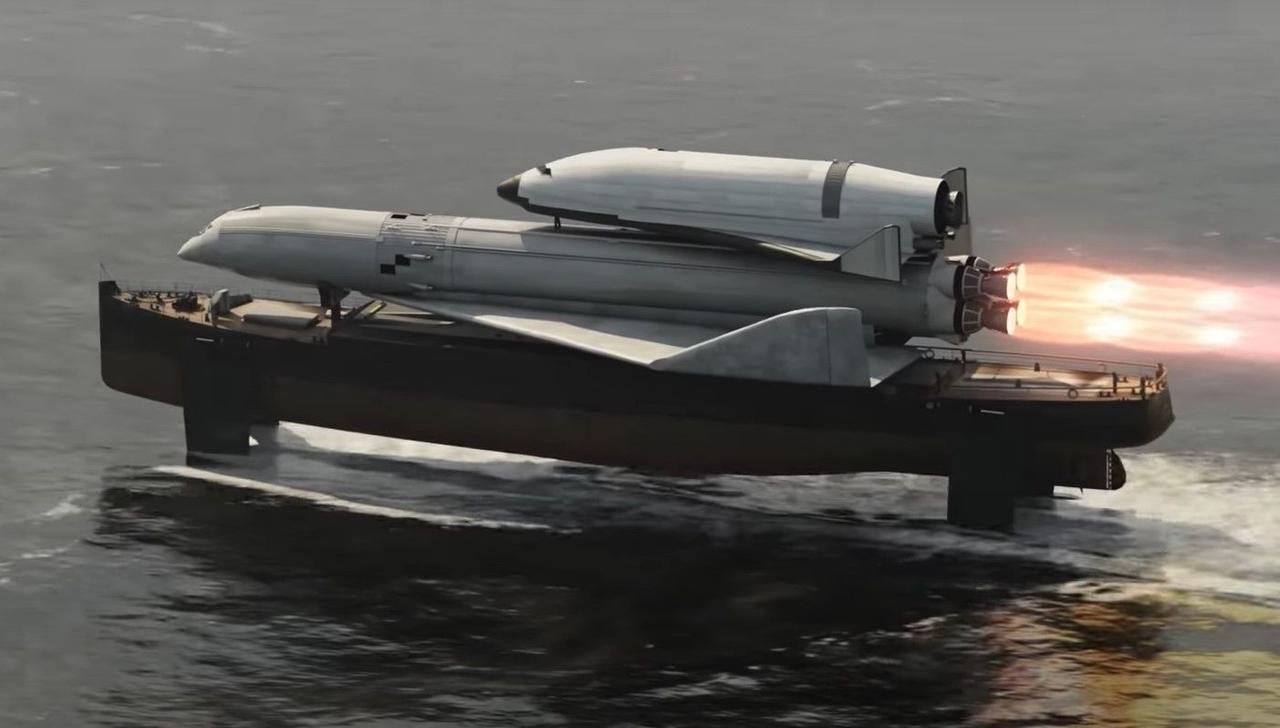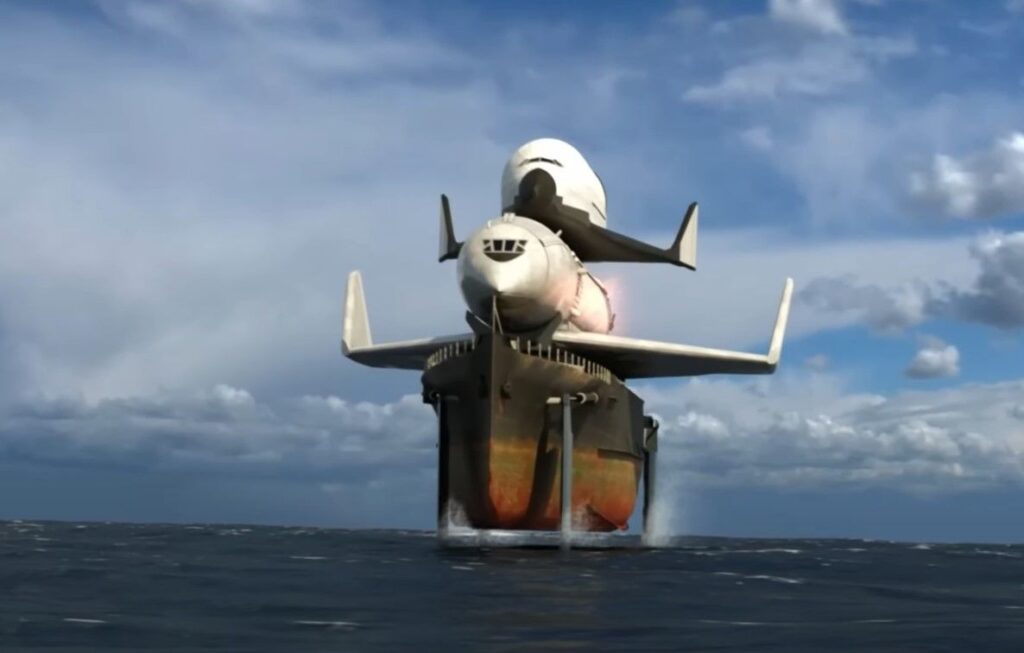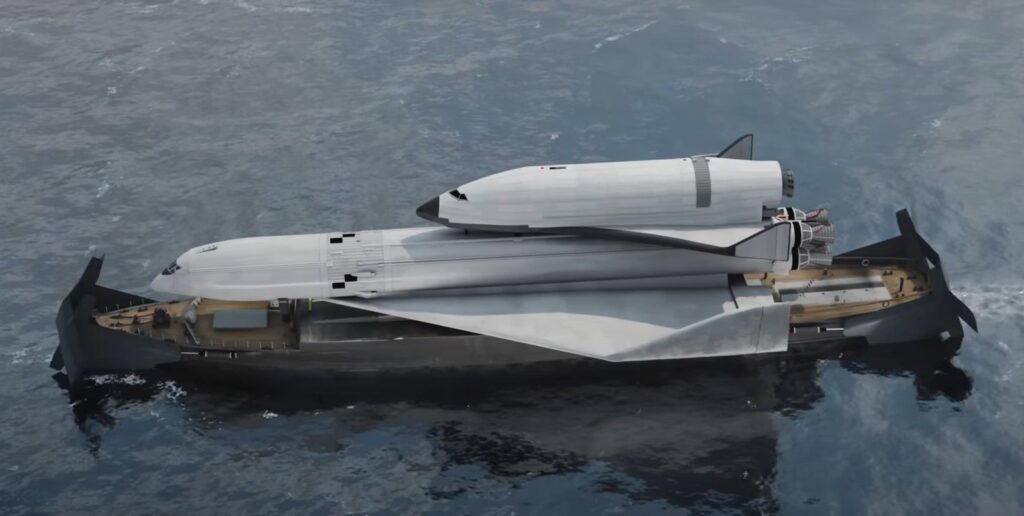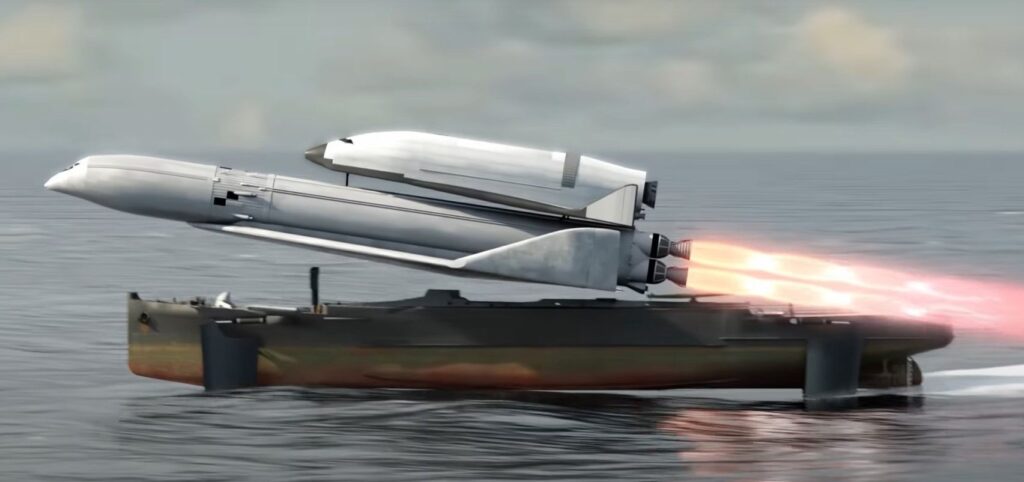
How it would look like: launching a Soviet space shuttle from a hydrofoil barge (video)
The Alekseev-Sukhoy launch system was supposed to send a Soviet shuttle into space on the back of a spacecraft launch vehicle that was launched from a hydrofoil barge. The project was proposed in 1974.
The Hazegrayart channel visualized the launch of a Soviet-era space shuttle prepared by the Sukhoi aircraft company, known for its jet fighters, and hydrofoil specialist Rostislav Alekseev, who is best known as the chief designer of theCaspian Sea Monster prototype.

The Alekseev-Sukhoy Albatross project was a three-stage shuttle launch system capable of sending a spacecraft into the sky without the need for a launch pad or even a runway. All stages will be recovered and reused.
Proposed in 1974, the system was a 70-meter hydrofoil barge with a displacement of 229 tons called the Albatros Momentum Block. It was supposed to house an Albatross triangular-winged carrier aircraft, fueled and equipped with a liquid oxygen/liquid hydrogen rocket capable of producing 91.298 million kN of thrust.

The carrier was supposed to carry a much smaller 49-meter Albatros Raketoplan space shuttle, weighing only 160 tons, filled with fuel and equipped with its own 320.1 million kN rocket.
The project envisioned a second-stage carrier aircraft launching rockets, replenishing fuel on the go from a 180-ton barge. This will accelerate the hydrofoil barge, after which the drag will be significantly reduced and the barge will reach a starting speed of about 180 km/h in less than two minutes after the rockets are launched.

At this point, the launch vehicle will have sufficient lift to take off, and it will lift the shuttle to a high altitude before it separates and continues to orbit under its own rocket power, and the launch vehicle descends back to Earth and lands.
This amazing project was never realized, as hydrofoil flight becomes extremely risky at speeds above 113 km/h. At this speed, the low-pressure zone above the hydrofoil wing drops to a pressure low enough to cause the water to boil.

